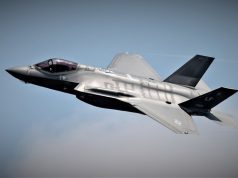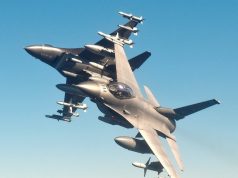The undertaking to develop the “air large” component of the US Army’s multi-function electronic warfare (MFEW) family of systems program has moved into the second phase with a contract award to Lockheed Martin.
The project agreement was awarded to the company by the Consortium Management Group (CMG)/ Consortium for Command, Control and Communications in Cyberspace (C5) on behalf of the US Army.
MFEW-AL is envisioned as an open architecture system that can be configured for a variety of airborne and ground platforms, such as a wing-mounted pod for group 4 (maximum gross takeoff weigh of over 1,320 pounds) unmanned aerial systems.
In January 2019, Lockheed Martin was awarded a prototype project agreement worth $18 million, for the design, development and testing of its cyber/electronic warfare podded system called Silent CROW. The system would enable US soldiers to disrupt, deny, degrade, deceive and destroy adversaries’ electronic systems through electronic support, electronic attack and cyber techniques.
“Our internal research & development programs have resulted in first-of-its-kind converged technologies that are at the forefront of realizing our customers’ urgent need and vision for combined cyber and electronic warfare (EW) capability and dominance,” said Deon Viergutz, vice president of Lockheed Martin’s Spectrum Convergence division.
The MFEW-AL system conforms to the DoD C4ISR/EW Modular Open Suite of Standards (CMOSS) open system standards to enable rapid cyber/EW technique development and deployment; interoperability of hardware and software across airborne and ground platforms; prompt insertion of new hardware technology; and significant reduction of total ownership costs.



























